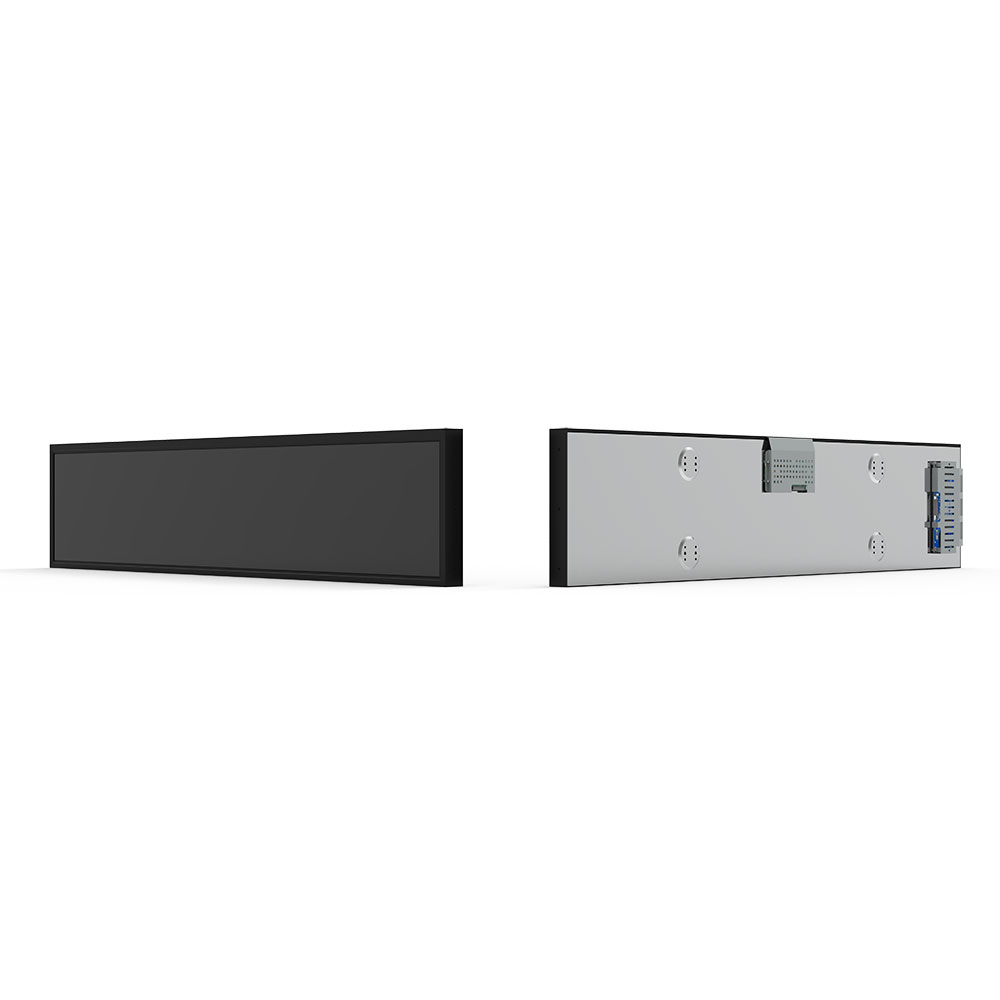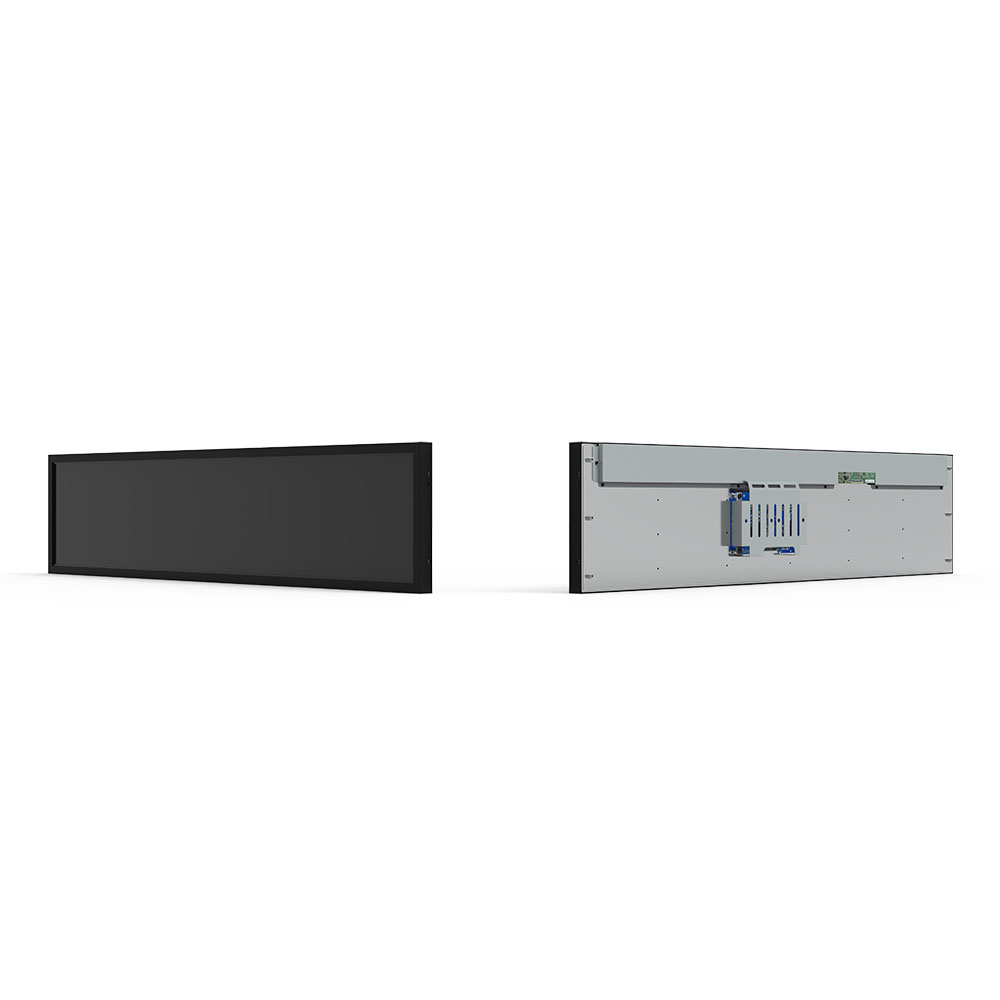- Home
- About Us
- Products
- News
- Video
- Contact
- Send Inquiry
Search
- Home
- About Us
- Products
- News
- Video
- Contact
- Send Inquiry

Understanding the viewing angle of a monitor is essential when selecting outdoor LCD displays, especially in environments where visibility from multiple directions is critical. The viewing angle refers to the maximum angle at which a display can be viewed with acceptable brightness, color accuracy, and contrast—without significant degradation in image quality. For outdoor applications such as digital signage, traffic information boards, or retail kiosks, this parameter directly impacts user experience and message effectiveness.
In technical terms, viewing angle is typically defined by two values: horizontal and vertical angles. These are measured in degrees from the center axis of the screen. For example, a common specification like "178° horizontal / 178° vertical" indicates that the display maintains high-quality visuals up to 178 degrees in both directions from the center. This wide angle ensures that viewers approaching from the sides or above/below still see clear images—a must-have feature for public-facing screens exposed to varied audience positions.
The viewing angle performance depends largely on the panel technology used. IPS (In-Plane Switching) panels are widely recognized for superior viewing angles compared to TN (Twisted Nematic) or VA (Vertical Alignment) panels. According to industry benchmarks from LG Display and AU Optronics, IPS panels often achieve near-perfect uniformity across 178° angles, making them ideal for outdoor settings where users may approach from different angles. In contrast, TN panels may suffer from color shift or dimming beyond 60°–90°, limiting their suitability for open-air installations.
Moreover, outdoor LCDs must also consider ambient light conditions. Even with excellent viewing angles, poor anti-glare coatings or insufficient brightness can reduce usability in direct sunlight. Therefore, manufacturers integrate features such as high-brightness LEDs (typically 5,000–7,000 nits), polarized filters, and adaptive backlight systems to maintain visibility under harsh lighting while preserving optimal viewing angles. A case study from Samsung’s outdoor signage deployment in Tokyo showed a 30% improvement in viewer engagement when using IPS-based panels with optimized brightness control compared to older TN-based models.

For engineers and integrators, evaluating viewing angle isn’t just about numbers—it’s about real-world usability. ISO 13406-2 standards define acceptable visual performance thresholds for professional displays, ensuring consistency in measurement methods across manufacturers. When specifying outdoor LCDs, it’s crucial to request test data from vendors showing color gamut stability, grayscale response, and luminance decay at extreme angles—not just nominal specs.
Ultimately, choosing an outdoor monitor with a wide and consistent viewing angle ensures your content remains legible, engaging, and effective regardless of where the viewer stands. Whether you're installing a large-format screen in a busy plaza or a smaller unit in a vehicle-mounted system, understanding this metric empowers smarter decisions in design, installation, and ROI optimization.
